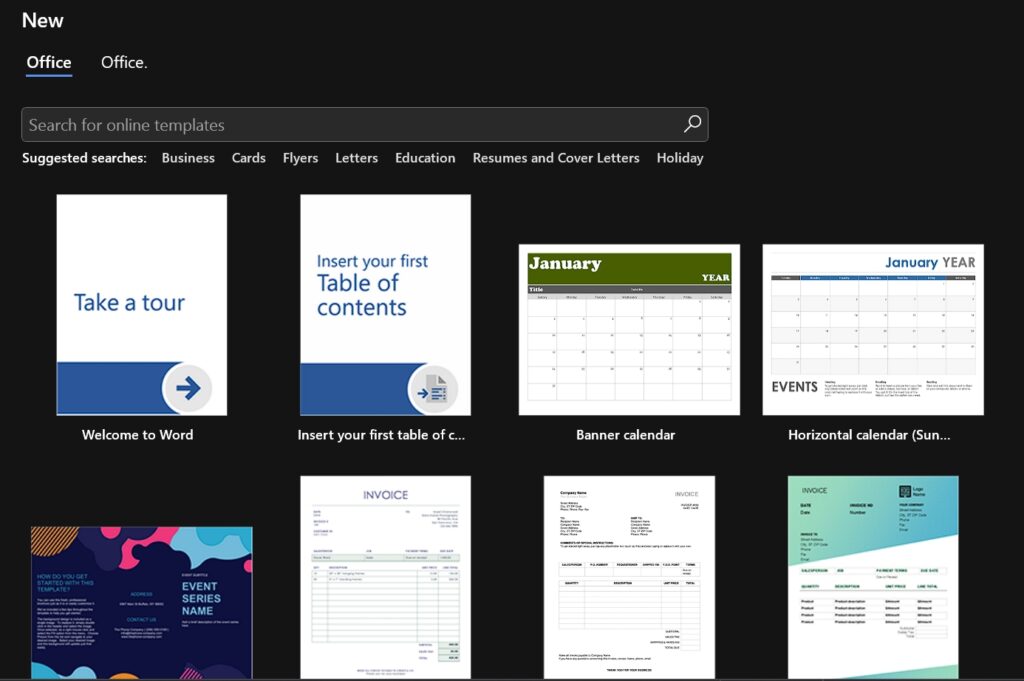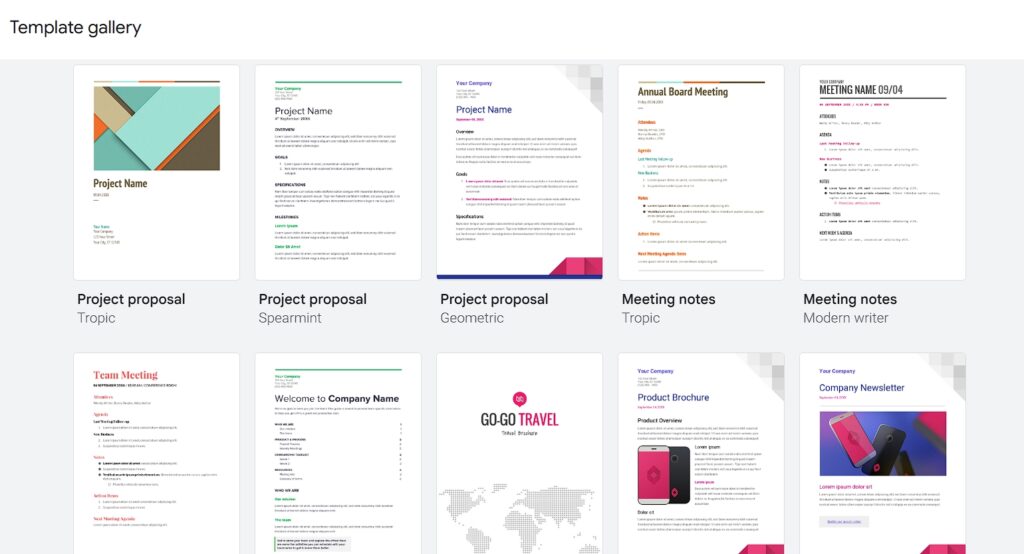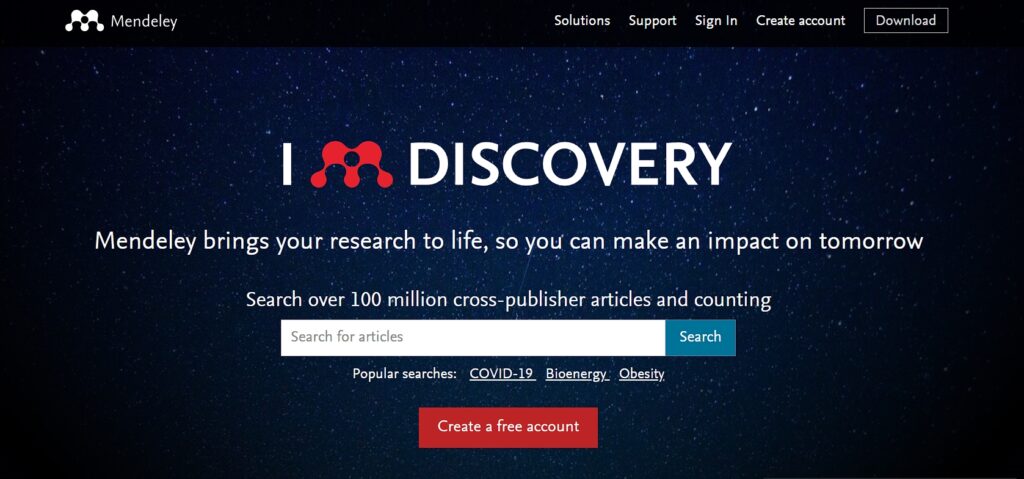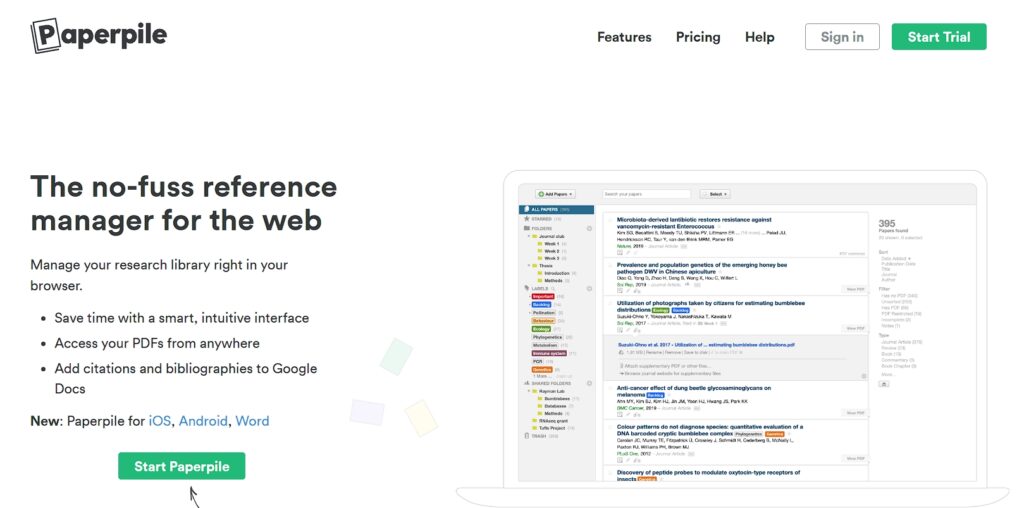Research briefs are essential tools for communicating complex findings in a clear, accessible format. This article will guide you through the process of crafting effective research briefs, whether you’re an academic, student, or professional.
We’ll explore the key components of a well-structured brief, techniques for presenting data clearly, and strategies for tailoring content to your audience. By mastering these skills, you’ll enhance the impact of your research and ensure your findings reach those who can act upon them.
Ready to transform your approach to research communication? Let’s dive into the art of creating powerful research briefs!
Table of Contents
What is a research brief?
A research brief is a concise document that outlines the key aspects of a research project or study.
It typically includes:
- The main research question or objective
- Background information on the topic
- The proposed methodology
- Expected outcomes or deliverables
- Timeline and resources required
Research briefs serve as a quick reference for stakeholders, providing an overview of the research without delving into extensive details. They are often used to communicate research plans to clients, supervisors, or funding bodies, and to ensure alignment on the project’s scope and goals.
Related reading: How to write a research proposal
Importance of an effective research brief
An effective research brief is crucial for several reasons:
- Clear communication: It ensures all stakeholders have a shared understanding of the research project’s goals and scope.
- Focus and direction: It helps keep the research team aligned and focused on the primary objectives throughout the project.
- Resource allocation: It allows for better planning and allocation of time, budget, and personnel resources.
- Stakeholder buy-in: A well-crafted brief can help secure support and funding from decision-makers or clients.
- Efficiency: It reduces misunderstandings and the need for repeated explanations, saving time and effort.
- Quality control: It serves as a reference point to evaluate the research progress and outcomes against initial objectives.
- Adaptability: It provides a foundation for adjusting the research approach if needed, while maintaining the core objectives.
By clearly defining the research parameters and expectations, an effective brief sets the stage for a successful and impactful research project.
Key elements of an effective research brief
An effective research brief typically includes the following key elements:
- Project title: A concise, descriptive name for the research project.
- Background: Brief context explaining why the research is necessary and any relevant prior work.
- Research objectives: Clear, specific goals the research aims to achieve.
- Research questions: The primary questions the study seeks to answer.
- Target audience: Description of who will benefit from or use the research findings.
- Methodology: An overview of the proposed research methods and data collection techniques.
- Timeline: Key milestones and deadlines for the project.
- Budget: Estimated costs and resource requirements.
- Deliverables: Expected outputs, such as reports, presentations, or datasets.
- Stakeholders: Identification of key individuals or groups involved in or affected by the research.
- Constraints and limitations: Any known restrictions or challenges that may impact the research.
- Ethical considerations: Any potential ethical issues and how they will be addressed.
- Dissemination plan: How the research findings will be shared or published.
These elements provide a comprehensive overview of the research project, ensuring all crucial aspects are considered and communicated effectively to relevant parties.
Writing an effective research brief
Writing an effective research brief requires careful consideration and clear communication. Here’s a detailed guide on how to craft a compelling research brief:
Start with a clear title and introduction:
Begin with a concise, descriptive title that captures the essence of your research project. Follow this with a brief introduction that sets the context for your research, explaining why it’s important and relevant.
Define the research objectives:
Clearly state the primary goals of your research. Use specific, measurable terms to describe what you aim to achieve.
For example, “To identify the key factors influencing consumer adoption of electric vehicles in urban areas.”
Articulate the research questions:
Formulate precise questions that your research will answer. These should align directly with your objectives and guide the entire research process.
For instance, “What are the main barriers preventing urban consumers from purchasing electric vehicles?”
Provide background information:
Offer a concise overview of existing knowledge on the topic. Highlight any gaps in current research that your study aims to address. This demonstrates the relevance and potential impact of your project.
Related reading: How to find research articles?
Describe the methodology:
Outline the research methods you plan to use. Explain why these methods are appropriate for addressing your research questions. Include information on data collection techniques, sample size, and analysis methods.
Specify the target audience:
Clearly identify who will benefit from or use the research findings. This could include policymakers, industry professionals, academics, or the general public. Understanding your audience helps tailor the research approach and outputs.
Detail the timeline and milestones:
Create a realistic schedule for your research project. Break it down into key phases or milestones, such as literature review, data collection, analysis, and report writing. Include specific deadlines for each stage.
Outline the budget and resources:
Provide a comprehensive breakdown of the estimated costs associated with the research. Include personnel costs, equipment, travel expenses, and any other relevant expenditures. Also, specify any additional resources required, such as access to databases or specialized software.
Define the deliverables:
Clearly state what outputs will be produced from the research. This might include a final report, executive summary, presentation, dataset, or academic paper. Be specific about the format and content of each deliverable.
Identify key stakeholders:
List all individuals or groups who have a vested interest in the research or its outcomes. This might include funders, collaborators, research subjects, or end-users of the findings.
Address ethical considerations:
Discuss any potential ethical issues that may arise during the research process. Explain how these will be managed, including plans for obtaining informed consent, protecting participant privacy, and ensuring data security.
Acknowledge limitations and constraints:
Be upfront about any known limitations or constraints that might affect the research. This could include time constraints, budget limitations, or challenges in accessing certain data or populations.
Outline the dissemination plan:
Explain how you intend to share the research findings. This might involve academic publications, presentations at conferences, policy briefs, or media engagement. Consider how to maximize the impact and reach of your research.
Use clear, concise language:
Write in a straightforward, jargon-free style that can be easily understood by all stakeholders, not just subject matter experts. Use bullet points or numbered lists where appropriate to enhance readability.
Review and refine:
After drafting your brief, review it critically. Ensure all elements are present, logically organized, and clearly explained. Consider having colleagues or stakeholders review the brief and provide feedback.
Include contact information:
Provide contact details for the lead researcher or project manager. This allows stakeholders to easily reach out with questions or clarifications.
Best practices for creating a research briefing
Creating an effective research briefing requires careful planning and execution. Here are some best practices to ensure your briefing is clear, comprehensive, and impactful:
Know your audience:
Tailor your briefing to the specific needs and knowledge level of your audience. Consider their background, interests, and what they need to know about your research. This will help you determine the appropriate level of detail and technical language to use.
Start with a strong executive summary:
Begin your briefing with a concise overview that captures the key points of your research. This should include the main findings, implications, and recommendations. Many readers may only have time to review this section, so make it count.
Use clear, jargon-free language:
While your research may involve complex concepts, your briefing should be accessible to a broader audience. Avoid technical jargon where possible, and when it’s necessary, provide clear explanations or a glossary of terms.
Organize information logically:
Structure your briefing in a way that guides the reader through your research process and findings. Use headings and subheadings to break up the text and make it easier to navigate. Consider using a problem-solution format if appropriate.
Incorporate visual elements:
Use charts, graphs, infographics, or other visual aids to illustrate key points and data. Visual elements can make complex information more digestible and memorable. Ensure all visuals are clearly labeled and explained in the text.
Focus on key findings and implications:
While it’s tempting to include all your research details, a briefing should prioritize the most important findings and their implications. Highlight how your research contributes to the field or addresses specific problems.
Provide context:
Briefly explain the background and significance of your research. This helps readers understand why your work matters and how it fits into the broader landscape of knowledge in your field.
Be objective and balanced:
Present your findings objectively, acknowledging any limitations or areas of uncertainty. If there are conflicting viewpoints or data, present them fairly. This builds credibility and trust in your research.
Include actionable recommendations:
If appropriate, provide clear, practical recommendations based on your findings. These should be specific and feasible, giving readers a clear path forward.
Use consistent formatting:
Maintain a consistent style throughout your briefing. This includes font choices, heading styles, and citation formats. A polished, professional appearance enhances the credibility of your work.
Keep it concise:
A research briefing should be succinct. Aim for a length that can be read in 15-30 minutes. If more detail is needed, consider creating an appendix or linking to a full report.
Proofread and edit carefully:
Errors in grammar, spelling, or data can undermine your credibility. Take the time to thoroughly proofread your briefing, and consider having a colleague review it as well.
Include contact information:
Provide a way for readers to reach out with questions or for more information. This could be an email address, phone number, or link to a project website.
Consider the format:
Think about how your briefing will be distributed and read. If it’s likely to be read on screens, ensure it’s formatted appropriately for digital viewing. If it will be printed, consider layout and readability on paper.
End with a strong conclusion:
Summarize the key takeaways and reiterate the importance of your research. Leave your audience with a clear understanding of what they should remember and what actions they might take.
Seek feedback:
Before finalizing your briefing, get input from colleagues or representatives of your target audience. Their perspectives can help you refine your message and ensure it resonates with readers.
Examples of effective research briefs
These examples will illustrate how the key elements and best practices we’ve discussed can be applied in real-world scenarios.
Example 1: Public Health Research Brief
Title: “Impact of Social Media Interventions on Vaccine Hesitancy Among Young Adults”
Background:
Vaccine hesitancy remains a significant public health challenge, particularly among young adults. With the increasing influence of social media on health-related decisions, there’s a need to understand how social media interventions can address vaccine hesitancy.
Objectives:
- To assess the effectiveness of different social media intervention strategies in reducing vaccine hesitancy among 18-30 year-olds.
- To identify the most influential factors in social media content that positively impact vaccine attitudes.
Methodology:
A mixed-methods approach combining:
- Quantitative analysis of engagement metrics from social media campaigns
- Pre- and post-intervention surveys measuring vaccine attitudes
- Qualitative interviews with a subset of participants
Timeline: 12 months (July 2024 – June 2025)
Deliverables:
1. Comprehensive report detailing findings and recommendations
2. Executive summary for policymakers
3. Infographic for public dissemination
This brief effectively outlines a clear research question, methodology, and expected outcomes in a concise format suitable for public health stakeholders.
Example 2: Environmental Science Research Brief
Title: “Urban Green Spaces and Air Quality: A Multi-City Analysis”
Research Questions:
- How do urban green spaces impact local air quality in major metropolitan areas?
- What is the optimal distribution and type of green spaces for maximizing air quality improvements?
Target Audience: City planners, environmental policymakers, urban developers
Methodology:
- Satellite imagery analysis to map green spaces in 10 major cities
- Air quality data collection using fixed and mobile sensors
- Statistical modeling to correlate green space characteristics with air quality metrics
Budget: $500,000 (including equipment, personnel, and data analysis costs)
Ethical Considerations:
- Ensuring data privacy when collecting localized air quality information
- Addressing potential socioeconomic disparities in green space distribution
This brief provides a clear overview of an environmental research project, highlighting its relevance to urban planning and policy-making.
Example 3: Education Research Brief
Title: “Effectiveness of Gamification in Online Learning Environments for Secondary School Students”
Background:
The shift towards online learning has accelerated, but student engagement remains a challenge. Gamification has shown promise in increasing engagement in various contexts, but its effectiveness in online secondary education is not well understood.
Objectives:
- Evaluate the impact of gamification elements on student engagement and learning outcomes in online courses
- Identify which gamification strategies are most effective for different subject areas and student demographics
Methodology:
- Randomized controlled trial involving 1000 students across 20 schools
- Implementation of gamified and non-gamified versions of the same online courses
- Data collection through learning management system analytics, surveys, and focus groups
Timeline:
- Preparation and ethics approval: 2 months
- Implementation and data collection: 6 months
- Data analysis and report writing: 4 months
Deliverables:
- Comprehensive research report
- Best practice guide for educators
- Academic journal article
- Presentation for educational technology conference
This brief outlines a structured approach to investigating a timely educational issue, with clear objectives and a well-defined methodology.
Tools and templates for creating research briefs
Creating effective research briefs can be significantly streamlined with the right tools and templates. These resources help ensure consistency, completeness, and clarity in your research communication. Here’s an overview of some useful tools and templates for creating research briefs:
1. Word Processing Templates:
Microsoft Word and Google Docs offer customizable templates that can serve as excellent starting points for research briefs:
a) Microsoft Word:
- Navigate to the “New” document section
- Search for “Research proposal” or “Executive summary”
- Choose a template that fits your needs and customize it

b) Google Docs:
- Go to the template gallery
- Look for “Research report” or “Project proposal” templates
- Modify the chosen template to suit your research brief requirements

These templates often include pre-formatted sections for key elements like objectives, methodology, and timeline.
2. Specialized Research Management Software:
Several software platforms are designed specifically for managing research projects and creating associated documents:
a) Mendeley:
- Offers a “Projects” feature for organizing research
- Includes templates for various research documents, including briefs

b) Paperpile:
- Provides a collaborative platform for research writing
- Offers customizable templates for different types of research documents

3. Online Design Tools:
For creating visually appealing research briefs, consider using online design tools:
a) Canva:
- Offers numerous professional templates for research reports and briefs
- Allows easy customization with drag-and-drop features
- Provides a rich library of icons, charts, and images
b) Venngage:
- Specializes in infographic and report creation
- Offers templates specifically designed for research communication
4. Project Management Tools:
While not specifically designed for research briefs, these tools can help in organizing and presenting research information:
a) Trello:
- Can be used to create a visual outline of your research brief
- Allows for easy collaboration and task management
b) Asana:
- Offers templates for project briefs that can be adapted for research
- Provides timeline and task management features
5. Research Assistant
Blainy offers a suite of features tailored for creating impactful research briefs:
- AI Essay Writer: Helps draft initial content for your brief
- Essay Expander: Elaborates on key points to provide depth
- Sentence & Paragraph Expansion: Enhances clarity and detail
- AI Essay Outline Generation: Structure your brief effectively
- AI Summarizer: Condenses complex information
- Paragraph Generator: Creates cohesive sections
- Paraphrasing Tool: Ensures originality and clarity
By leveraging Blainy’s capabilities, you can streamline the creation of research briefs, ensuring your findings are presented clearly and persuasively.
Conclusion
Creating effective research briefs is a crucial skill for communicating complex findings to diverse audiences. By following best practices, utilizing appropriate tools and templates, and drawing inspiration from successful examples, researchers can significantly enhance the impact and accessibility of their work.
Tailoring briefs to the audience’s needs, focusing on clarity and visual appeal, and leveraging available resources streamlines the creation process.
A well-crafted research brief serves as a bridge between in-depth academic work and practical application, ensuring that valuable insights reach those who can act upon them. By mastering this skill, researchers can maximize the real-world impact of their studies and contribute more effectively to their fields.
Frequently asked questions
What is in a research brief?
A research brief typically includes:
- An introduction or background of the research topic
- Clear objectives or research questions
- A concise summary of the methodology used
- Key findings or results
- Implications or recommendations based on the findings
- A timeline or schedule for the research project
- Budget information (if applicable)
- Contact information for the lead researcher or team
The brief may also include visual elements such as charts, graphs, or infographics to illustrate key points.
How do you write a research report brief?
To write an effective research report brief:
- Start with a clear, concise title that reflects the main focus of the research
- Provide a brief background or context for the research
- State the objectives or research questions clearly
- Summarize the methodology used, keeping technical details to a minimum
- Present the key findings or results, focusing on the most significant outcomes
- Discuss the implications of the findings and any recommendations
- Use clear, jargon-free language accessible to your target audience
- Incorporate visual elements to enhance understanding
- Include a brief conclusion that ties back to the objectives
- Proofread and edited for clarity and conciseness
How long is a research brief?
The length of a research brief can vary depending on the complexity of the research and the needs of the audience.
However, as a general guideline:
1. Short briefs: 1-2 pages (500-1000 words)
These are typically used for quick overviews or executive summaries.
2. Standard briefs: 3-5 pages (1500-2500 words)
This length allows for more detail while still maintaining brevity.
3. Detailed briefs: 5-10 pages (2500-5000 words)
For complex research projects or when more in-depth information is required.
The key is to keep the brief as concise as possible while still conveying all necessary information. Remember, the purpose of a brief is to provide a quick, accessible overview of the research, so brevity is crucial. If more detailed information is needed, it’s often better to create a separate, more comprehensive report and use the brief as an introduction or summary.







